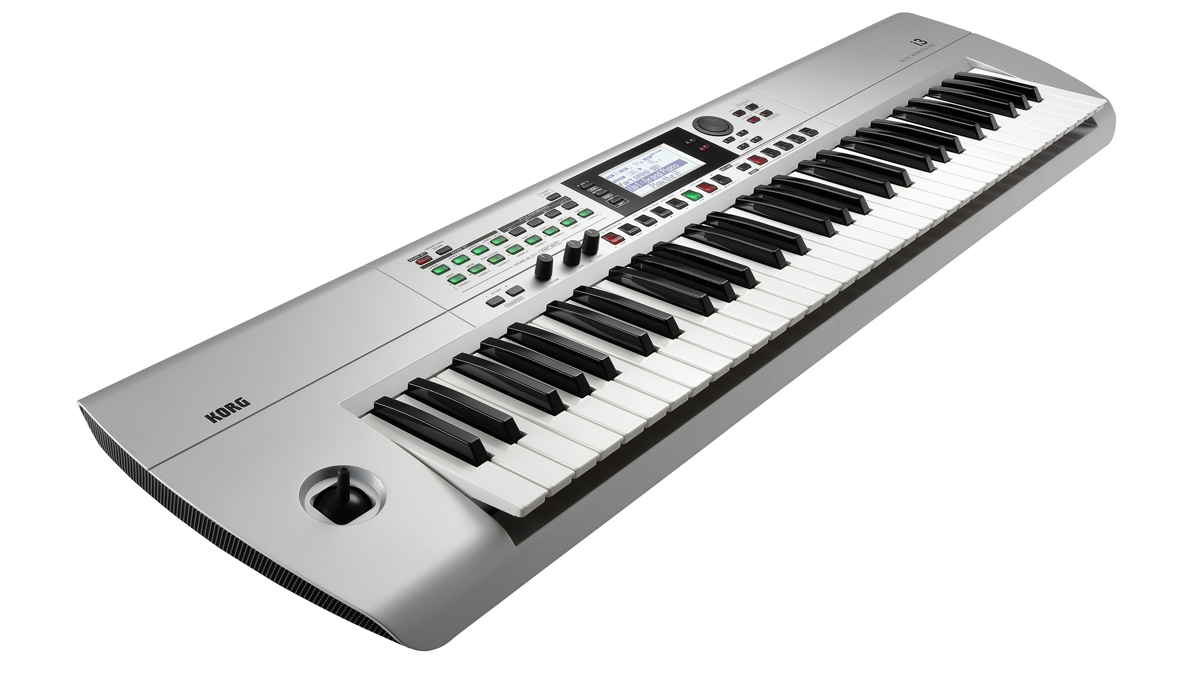NAMM 2020: Korg’s i3 is a beginner-friendly workstation keyboard for songwriting and performance
Create complete arrangements using the built-in sounds and backing parts

NAMM 2020: Korg’s new i3 Music Workstation looks like it could be a decent keyboard for beginners, songwriters, and anyone who wants a standalone machine that can help them to work on ideas quickly. Those with long memories will recall that Korg released a big-selling ‘interactive’ keyboard of the same name back in 1993, and the new i3 appears to be cut from similar, if more contemporary cloth.
The i3 has 61 full-size keys and contains 800 instrument sounds - known collectively as the Sound Set - including a complete GM2 library for General MIDI compatibility. These are powered by a PCM engine that delivers 64 voices of polyphony, and there are two stereo effect processors.
Then there are the Style Performance Sets, which contain sounds and parts that can be used to create a backing track for your playing. There’s plenty of flexibility here: each backing track can contain up to eight parts (these can be muted individually at the push of a button), and you can mix and match from different Style Performance Sets to create custom arrangements. These will follow your chord changes, while Chord Buttons can help you to create progressions if you’re running short of inspiration.
Each of the 270 Styles also contains rhythmic variations and, again, you can add effects. Once you’ve created a song or performance that you’re happy with, all settings can be saved to a single Set List location, and the i3’s sequencer can also function as a linear 16-track recorder. Finished projects can be saved as MIDI files or bounced down to audio for export. The sequencer can play back WAV and MP3 files, too.
The i3 can be powered by batteries or from the mains and comes with audio, MIDI and USB connectivity. Priced at £499, it’s being offered in black and silver finishes, which will be available in March and April respectively.
Find out more on the Korg website.

Want all the hottest music and gear news, reviews, deals, features and more, direct to your inbox? Sign up here.



I’m the Deputy Editor of MusicRadar, having worked on the site since its launch in 2007. I previously spent eight years working on our sister magazine, Computer Music. I’ve been playing the piano, gigging in bands and failing to finish tracks at home for more than 30 years, 24 of which I’ve also spent writing about music and the ever-changing technology used to make it.